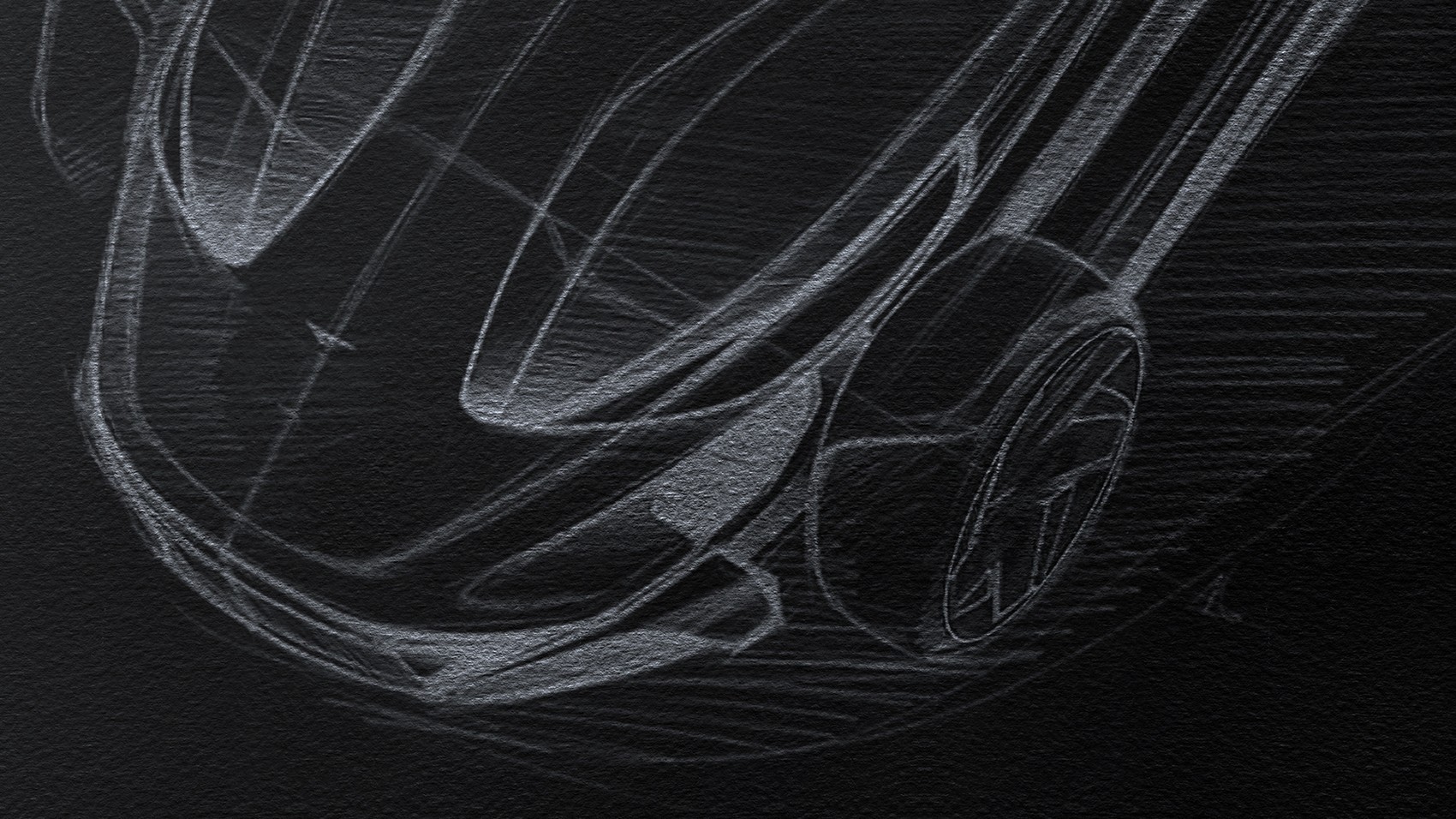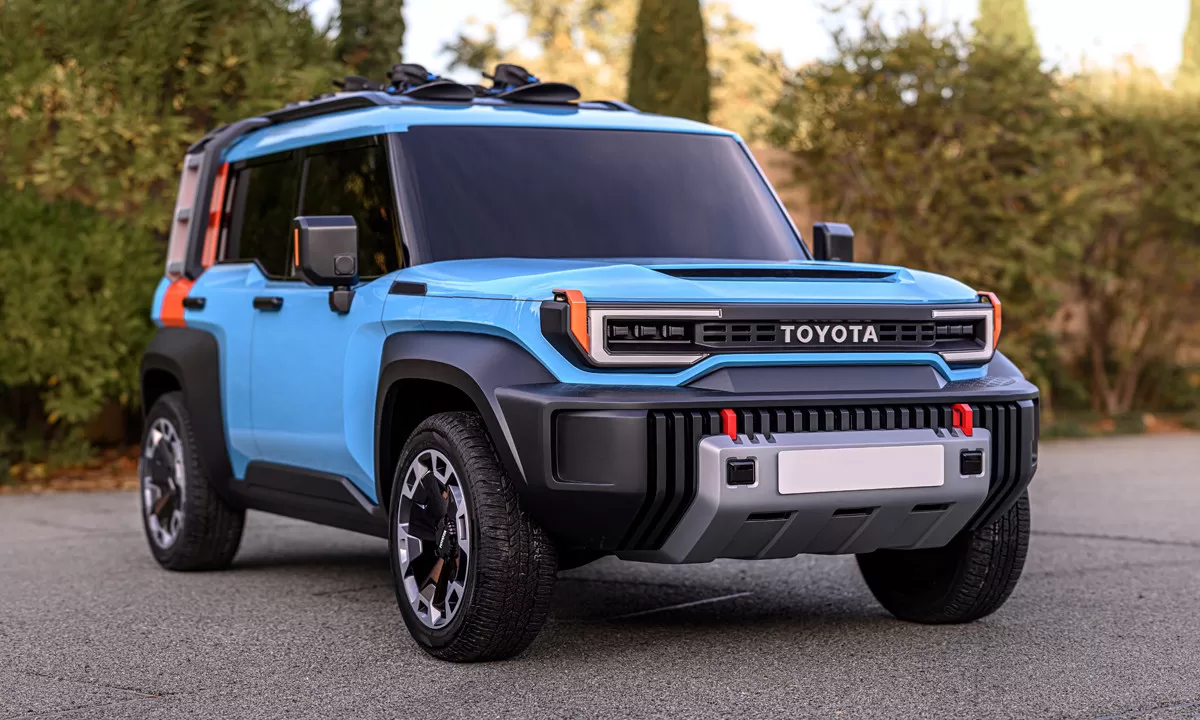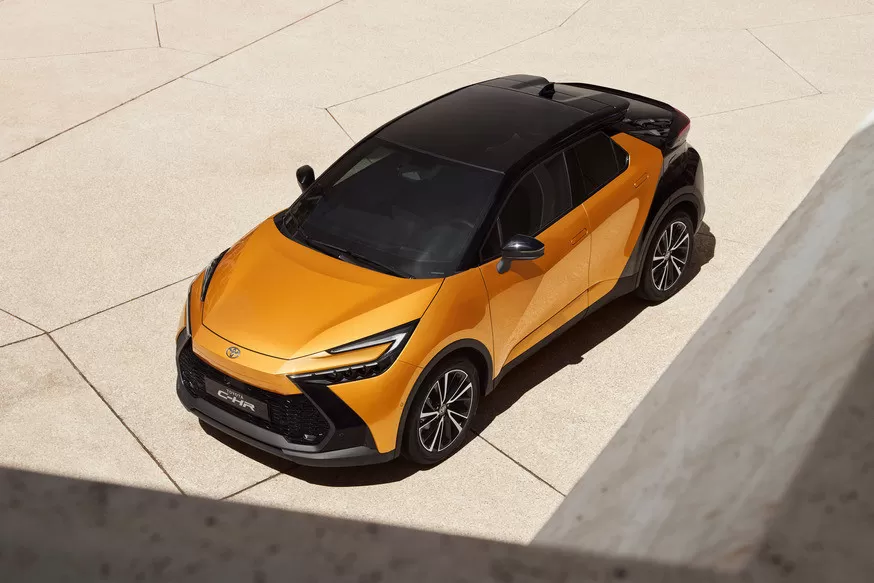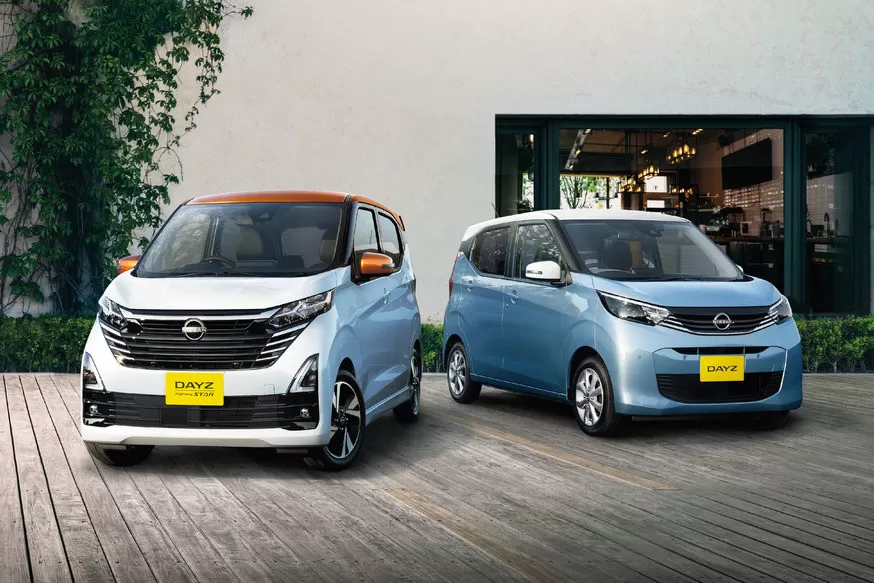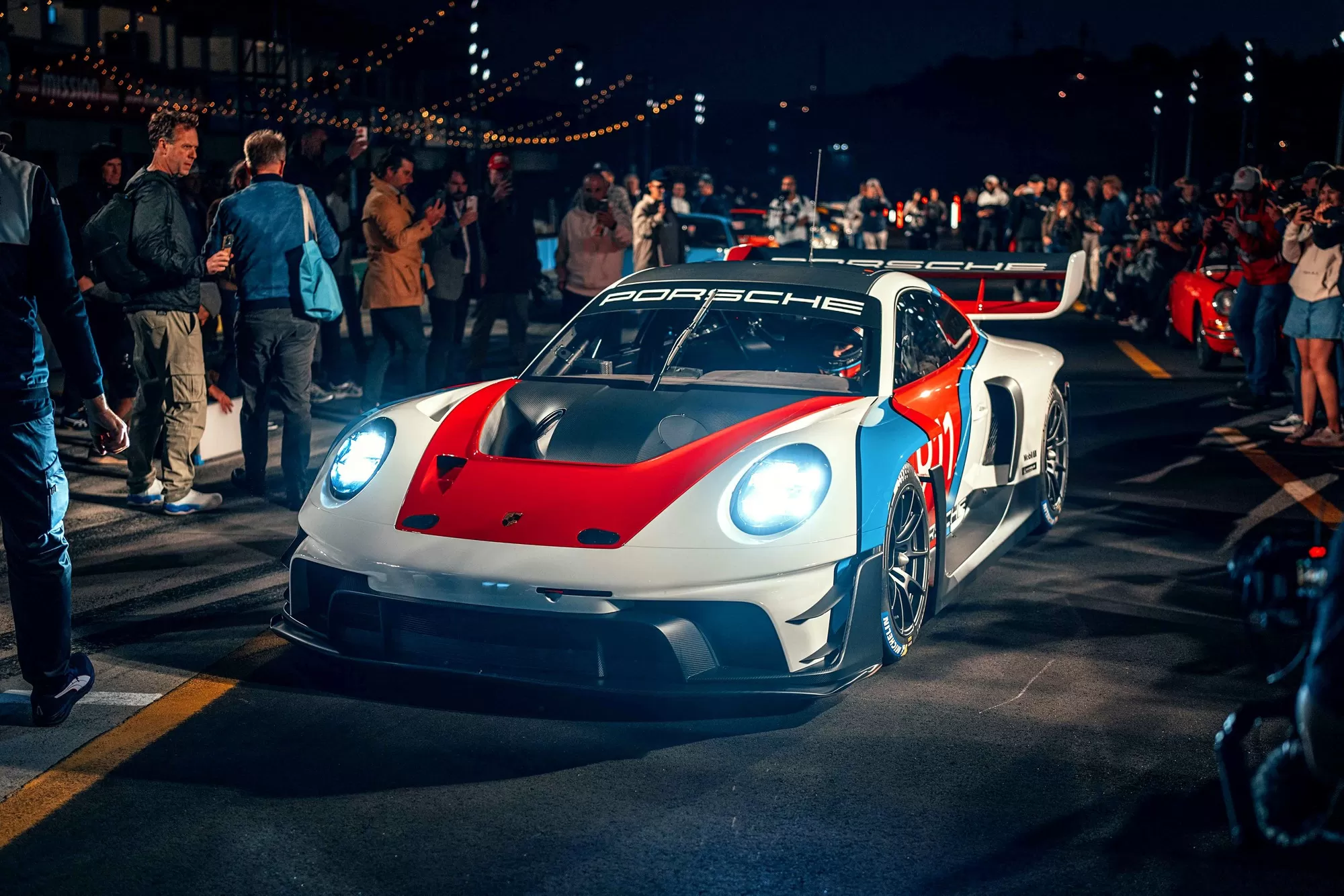The Dutch company Donkervoort Automobielen announced on December 10 the premiere of the new supercar F22, which promises to be the lightest in the world.
The new Donkervoort model received the F22 index (its meaning is not disclosed – perhaps the figure is tied to the year of debut), so far the company has published several teasers and a technical description in general terms. It is known that the Donkervoort F22 will receive a gasoline engine that is more economical and environmentally friendly than the D8 GTO, which used a modified tuning studio Abt 2.5-liter petrol “turbo” Audi (EA855). The transmission of the Donkervoort F22 will be mechanical, but with an electronic superstructure that will regulate the engine speed for the fastest and smoothest gear changes.

The front wheels, judging by the sketches, will be open, as in all previous Donkervoort models, while the nose has noticeably added in width. The protruding wheel arches will remain in the stern, but they are clearly narrower than those of the D8 GTO. The chassis will feature a completely new active suspension. Donkervoort designed the F22 entirely in-house, and it feels like it was trying to combine a recognizable style with a completely new design.
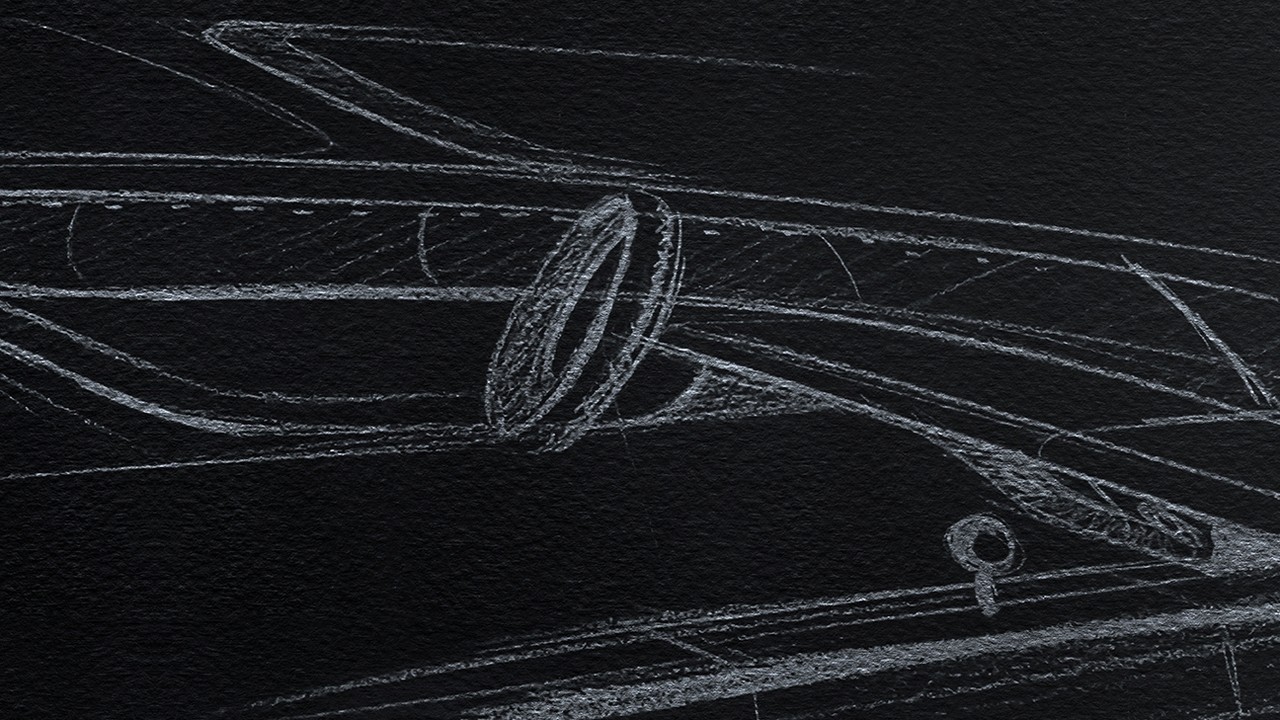
The most daring claim is that the Donkervoort F22 will be the world’s lightest road-accessible supercar, with a promised mass of well under 800kg. But we must assume that after all, at least 700 kg, since such a guideline is indicated. Meanwhile, the modern top-end Caterham Seven 620 with a supercharged 2.0-liter Ford engine (314 hp and 297 Nm) weighs only 610 kg, but it is not available in continental Europe (only in the UK), while the Donkervoort F22 will be slightly whether not a global model, albeit a small circulation one.

Body Donkervoort F22 is designed strictly for two people, the level of comfort will be a head higher than in previous models. An innovative roof design and a level of active and passive safety never seen before in Donkervoort are announced. Sounds intriguing, we are waiting for December 10th.








